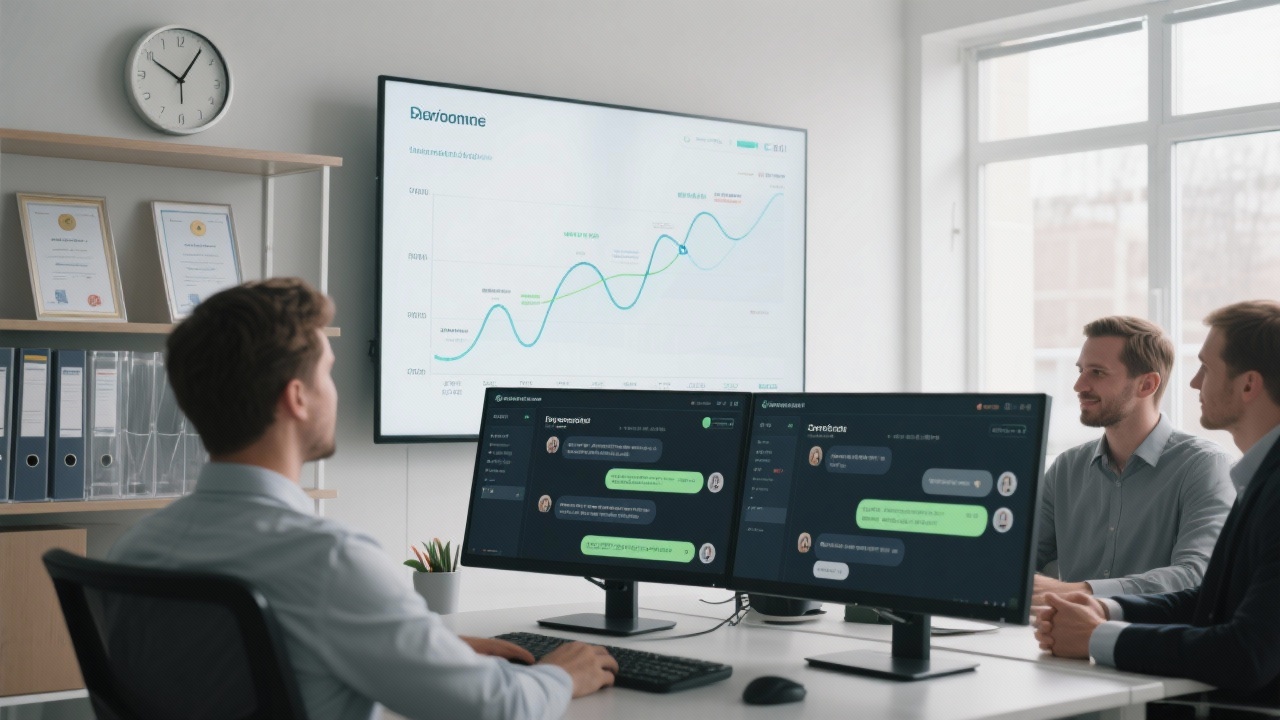
As a B2B foreign trade enterprise, you're likely aware of the hurdles in breaking into the global market. One significant issue is the inadequacy of traditional translation methods in meeting overseas search requirements. Traditional translations often fail to capture the local context, resulting in poor search rankings and low traffic. For instance, a simple word - for - word translation may not resonate with the target audience's cultural nuances and search habits. In fact, studies show that websites with poorly translated content have a 70% lower chance of being ranked on the first page of search engines in the target market.
You can quickly deploy a multi - language site cluster covering over 47 languages using smart website - building platforms. These platforms come with pre - designed templates that are optimized for different languages right from the start. They also offer features like automatic language switching and easy integration with SEO tools. By using such a platform, you can save time and resources that would otherwise be spent on manual coding and translation. This approach has helped over 200 foreign trade enterprises successfully expand overseas.

Avoiding duplicate content penalties is crucial in multi - language site design. You need a well - thought - out structure to ensure that search engines can distinguish between different language versions of your site. A hierarchical structure with clear navigation paths can help. For example, having a main domain with sub - directories for each language can prevent search engines from flagging your content as duplicate. Research indicates that sites with proper architecture design can see a 50% increase in search engine收录 (Note: Here '收录' should be replaced with the correct English term, perhaps 'indexing').
To effectively target your market, you must understand the real search intent of your target audience. Use keyword research tools to find out what terms they are using to search for products or services like yours. Then, strategically place these keywords throughout your site, including in titles, meta - descriptions, and body content. A well - executed keyword strategy can improve your site's visibility and drive targeted traffic. For instance, a proper keyword layout can increase organic traffic by up to 40%.

Automation is key to efficient SEO. You can use tools for search engine submission, feedback monitoring, and content optimization. These tools can automatically submit your site to major search engines, track your rankings, and suggest content improvements. This creates a closed - loop system that continuously enhances your site's performance. With automated tools, you can save up to 60% of the time spent on manual SEO tasks.
Let's take a look at a machinery manufacturing enterprise that increased its site traffic by 300% through a well - implemented multi - language site strategy. They followed the steps we've discussed, from smart site building to keyword optimization. By using automated SEO tools and continuously iterating their content, they were able to attract more international customers and boost their business.
Based on data feedback, you should have a dynamic optimization mechanism in place. Analyze user behavior, search rankings, and conversion rates to identify areas for improvement. Update your content regularly to keep up with algorithm changes and user preferences. This data - driven approach can ensure that your site remains competitive in the global market.

Ready to build a high - conversion international website matrix without a translation team? Click here to learn more about our multi - language site solutions and start your global market expansion today!
.png?x-oss-process=image/resize,h_100,m_lfit/format,webp)
.png?x-oss-process=image/resize,h_100,m_lfit/format,webp)

.png?x-oss-process=image/resize,h_100,m_lfit/format,webp)
.png?x-oss-process=image/resize,h_100,m_lfit/format,webp)
.png?x-oss-process=image/resize,h_100,m_lfit/format,webp)
.png?x-oss-process=image/resize,h_100,m_lfit/format,webp)
